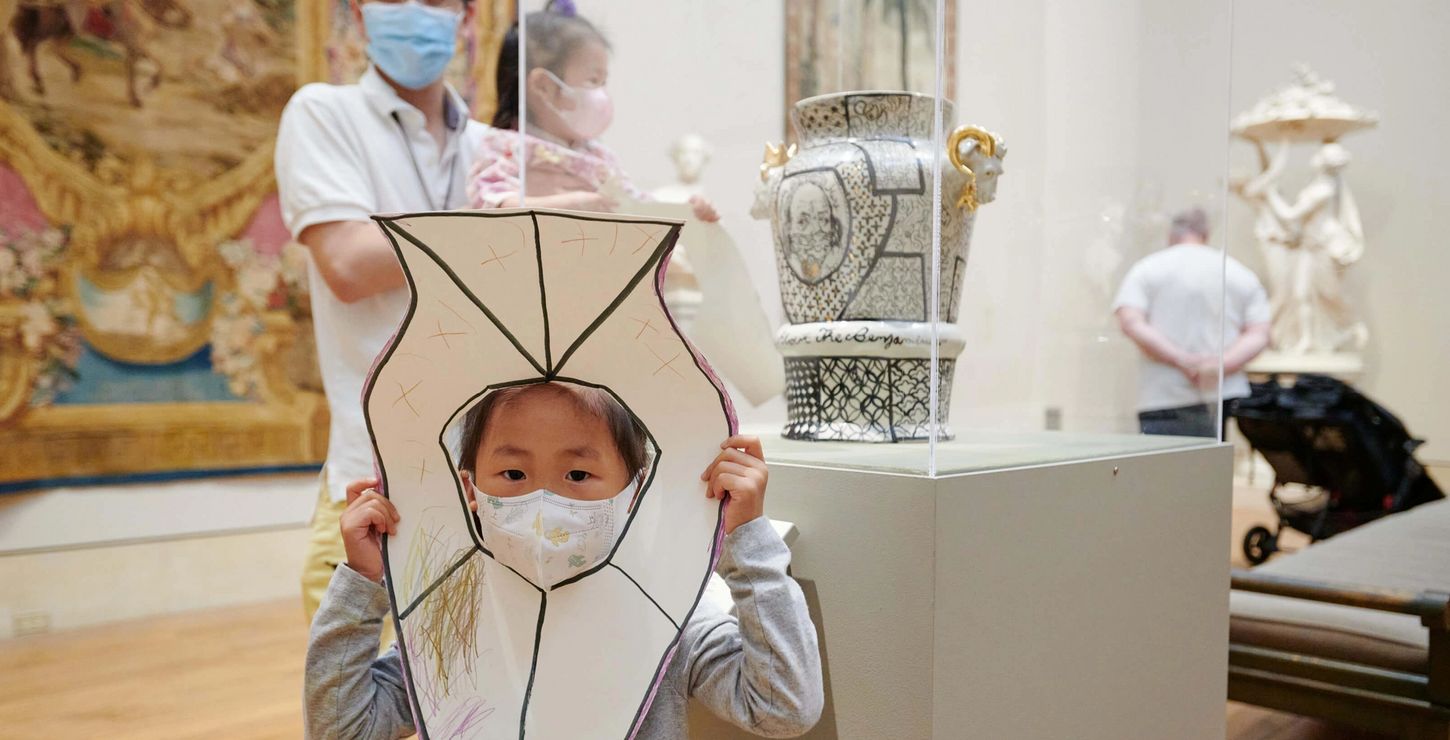

Sunday, October 1,
10:00 a.m. - 3:00 p.m. EST
10:00 am - 3:00 pm | Art Kids Studio | South Vaulted Walkway
Seize the clay and create a pattern-filled vessel.
11am - 2pm | Drop-In Gallery Activity | Gallery 388
Put yourself into a work of art with inspiration from Roberto Lugo’s All About the Benjamins Century Vase.
11am - 2pm | Balcony Studio | Great Stair Hall Balcony
Use stencils and blues of all hues to add to a collaborative tile project with inspiration from Mexican ceramic tiles.
11am | Family Performance | Great Stair Hall
Rhythms are patterns you can hear! Check out dance and music performances by Latin Roots.
All month: Swing by any Visitor Services desk to pick up “Roberto Lugo: A Philly Potter,” a bilingual activity guide for kids and families.
This event is part of the Art Kids program series.
Related Events
Check out the variety of events offered by this program, for members and the public alike.